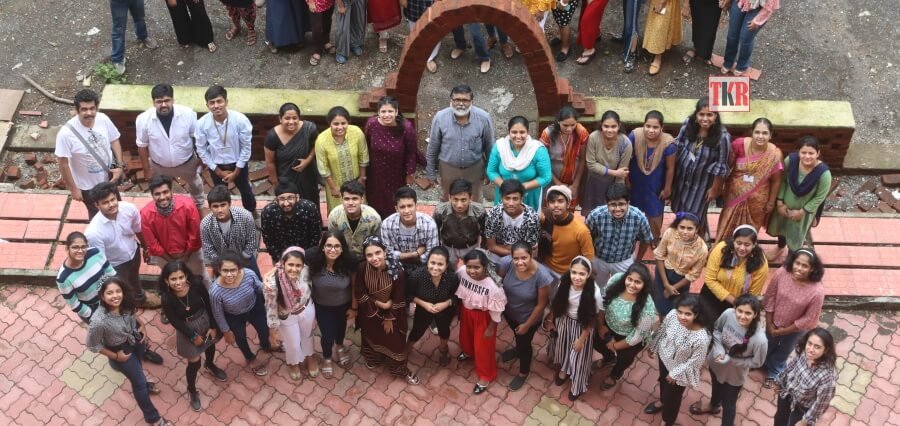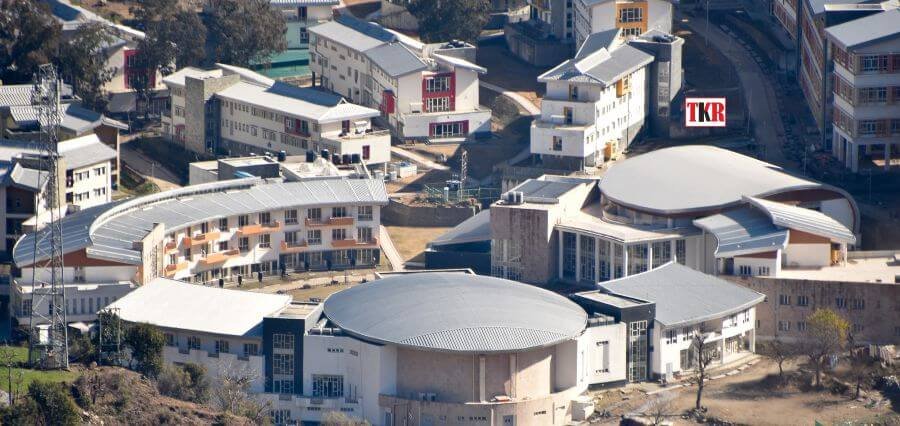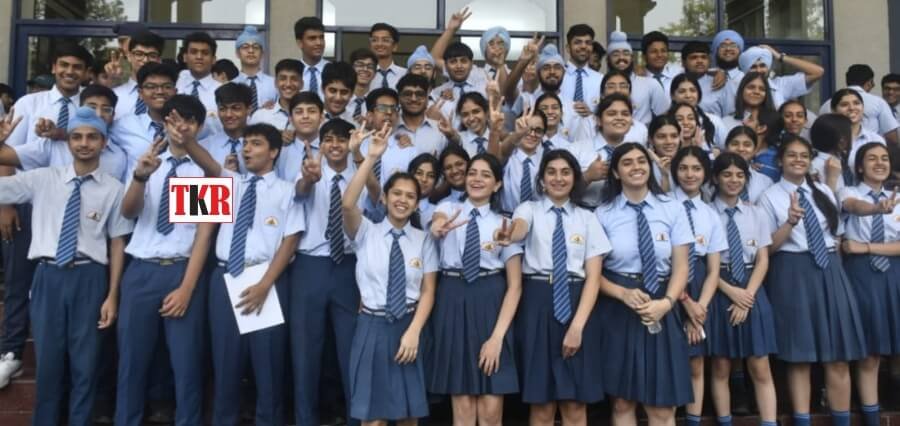The history of human civilisation is around more than 6000 years old. In the early years of centuries, humans were known to be hunter-gatherers. If we try to dig down into its evolution, its major triumph is considered to be the decision of settling down under constructed structures, which eventually transformed into tiny villages and later into cities.
The architectural magnificence of the cities in Rome built in 753 BC, became their identity, a stamp of power and abundance of cultures of the Roman empire. The French city Paris, through centuries, has embarked a peculiar mark in the elegance of design and grandeur as the essence of the architecture transpired into the very fabric of social life. As a famous American architect, Frank Wright once said, “The mother of all Art’s is architecture. Without an architecture of our own, we have no soul of our own civilization.” Architecture is thus a proficient marker of human development of a society, its quality of life and overall progress.
Study in Architecture, preserving structures of heritage, and planning of efficient cities are the modern challenges in developing countries. Education institutions in Architecture play a significant role in shaping such countries.
Vivekanand Education Society’s College of Architecture is one such institution which has solemnly dedicated itself for developing the best minds in architecture in coming years.
The Inception of a Visionary Institute
Vivekanand Education Society’s College of Architecture (VESCOA) is a relatively young institution founded in 2018 under the aegis of the Vivekananda Education Society (VES), a highly esteemed educational trust working since 1962. This long-established trusteeship of learning environments held by VES and the affluent professional and academic experience of senior members of the Indian architectural fraternity who constitute the VESCOA Governing Body gave the college a solid headstart through which it expeditiously gained an edge in the Indian architectural education sector.
VESCOA offers state-of-the-art infrastructure in architectural learning, be it a large green campus, experienced faculty, or the latest technological tools. This established group of VES institutions is located at the Shri Hashu Advani Memorial Campus in the vibrant Chembur suburb at the heart of Mumbai. Being formally approved by the Indian Council of Architecture and the University Grants Commission and affiliated with the University of Mumbai, VESCOA currently offers a full five-year bachelor’s degree course in architecture (B.Arch.) as well as full- and short-term courses in Interior Design.
Prof. Anand Achari (Principal) became associated with the founding of VESCOA armed with an experience of twenty years in teaching architecture, intending to introduce new integrated pedagogical methods and emphasize value-based education. He has been personally driving new initiatives of academia-industry collaboration, Continual Development Programs (CPDs), and collaborations with universities abroad for student and faculty exchange programs.
Objective, Purpose, and Approach
VESCOA was established with a vision of seeding a value-based architectural education system that would not limit itself just to conveying the process and tools of becoming design professionals to aspiring students. It intends to inculcate further specific value systems which are swiftly becoming indispensable for effective professional/academic practice in the emerging world order of inter-disciplinary integration and shared global concerns.
Architectural education at VESCOA draws upon values from human, sociocultural, environmental, technological, aesthetic, and philosophical realms in the intended process of creating well-rounded, self-aware professionals. While talking about the mission of the institute, Prof. Anand says, “Our stated Mission enlists four further points of intent, viz. research, and knowledge sharing, enabling excellence with a professional disposition, encouraging creative innovation and sensitizing role and design for sustainable, humane habitat.”
“To facilitate the journey towards this outcome, our team dedicates considerable planning hours to meticulously detailing every semester in terms of content, pedagogical methodology and supporting infrastructure required. Having invested early in state-of-the-art infrastructure, we build upon that initial base in the process of continual increment. Recognising that research and exploratory academic activity are the lifeblood of an educational institution’s growth, we continuously encourage and support the involvement of our students and faculty in the same,” adds Prof. Anand.
VESCOA consistently arranges interactions with the industry’s practicing professionals as a key input required in moulding a design professional.
Embracing Technological Advancements in Architectural Education
According to Prof. Anand, Artificial Intelligence and its subsets like Machine Learning are indispensable tools/interfaces in all areas of life, including architecture and architectural education. While addressing his perspective on the same, he says, “One key starting point is going to be the supremely enhanced power of visualisation which is very crucial to the field of design where VR & AR are already in prolific use, the relatable example being of builders using VR head-sets to offer walk-throughs to potential clients instead of investing in sample flats. The question is only about how far and how soon the impact on various facets of practice and learning is going to be experienced.”
Prof. Anand tells us that the major impact will be of generative design processes and software, which will enable technological aid in churning out design solutions in response to parametric inputs. He adds, “This, many in the field fear, will create a disruption which may prove damaging to the relevance of design professionals. But, we must be reminded that the power of critical thinking and discernment will remain completely in the human domain, ensuring that human designers remain relevant despite their technological counterparts. The human triumvirate of Heart, Head and Hands and its inherent and intuitive coordination can never be replaced by AI.”
This is why VESCOA believes and emphasises extensively on value-based education of future design professionals.
Word of Advice to the Future Architects
When asked to advise the budding entrepreneurs and enthusiasts aspiring to become architects, Prof. Anand states, “As an industry offering design services, the architectural fraternity in India and the world needs to reach out further to different arms of the society in which we live and integrate with it to a far greater extent. An architectural entrepreneur needs to be armed with three essential qualities – Curiosity, Empathy, and Initiative – without which one cannot make an impact through one’s architecture.”
“For aspiring students of architecture, I have a list of 9 essential qualities for academic and professional success, which reads as – Knowledge seeking, overcoming challenges, Passion for the subject, Striving for Excellence, Discipline, Time management, Ethical values, Innovative thinking, and a positive attitude.”
In Prof. Anand’s view, it is a very fortunate time for future aspirants to be a design professional. With the available access to various tech tools and a historic opportunity to correct the course of global development is taking it towards a more sustainable future. In an age of cross-continental professional collaborations, working to preserve specific local flavours through context-responsive designs – a world of opportunities is waiting to be explored.
Outlook for the Forthcoming Years
VESCOA is gearing up to establish a fully functional complete 5-year academic cycle having the full quorum of students and faculty scheduled to be accomplished by June 2023, when the first batch will be graduating.
As various versions of the pandemic-induced lockdown recede, the institute awaits to fill up the campus to full strength and pulsate with its intended academic energy, as it makes a transition between online and offline learning more efficient in the interim.
Further adding to this insight, Prof. Anand states, “The immediate future road map is charted by VESCOA in a participatory process involving its core and visiting faculty members who pool in ideas and resources to strengthen curricular learning with value-based courses, workshops in allied fields and interactions with industry leaders and contributors. This process by VESCOA has so far resulted in four models of innovative pedagogy, viz. Industry-Academia Collaborations, Continual Professional Development through Abhivruddi, Extra-Mural Studies through Bahishal Vibhag, and a School of Design which covers certified short and long-term courses in the interior, furniture, and product design.”
Collaborations with industry help hone a professional temper in students besides helping them explore their areas of interest, provide exposure, help build material and technology libraries/databases and create opportunities to work with research/project teams outside the college.
VESCOA is determined to undertake a continuous and persistent effort towards our mission of nurturing design professionals who will responsibly contribute to our vision of shaping-built environments which are sustainable and humane.
Unravelling Architecture
Architecture as a profession is generally viewed, especially in Indian society, as a service hired exclusively by the privileged class, as an aristocratic service. While this is a fundamental misconception, Prof. Anand explains that it is also one that does great harm to the relevance of the profession. The intense training invested into the making of architectural professionals’ arms them with the ability of a profound understanding of any system and deliver pertinent solutions which cover functionality, economics, sociocultural, technological, and environmental aspects. Therefore, it is no surprise that Architecture has been referred to as the mother of all Arts.
Prof. Anand further adds, “The fraternity itself needs to negotiate the unravelling of this perception by engaging more communicatively with society and establish its crucial relevance in shaping the built environment which is at a critical juncture today vis-a-vis an impending global environmental disaster. At VESCOA, we cannot emphasise enough the inextricable nature of the relationship between architecture and urban planning as we strongly believe that the context and the contents are informed by each other. Architecture isn’t merely a subset of urban planning and design or vice versa, but both these fields are inextricably linked. Architecture can surely be compared to the individual drops, each one extremely and equally important, that make an ocean, the city. But architecture and urban planning are disciplines which cannot exist in mutual isolation; as the disciplines shaping our comprehensive built environment, they need to march in tandem to achieve that ultimate goal of a sustainable, humane habitat.”
Read More: Click Here





